Compost and The Chemistry
We all know that one experienced gardener, perhaps it’s your grandmother or another relative, that ALWAYS has the best flowers and vegetables. When you ask for their secret, they will often point to a black bin at the back of their property and reply with a simple answer: compost.
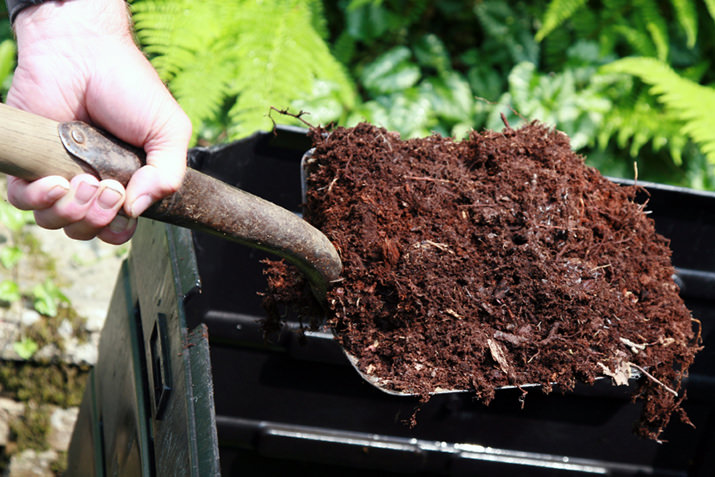
For thousands of years, we have known that decomposing organic matter is an excellent source of nutrients for your garden. Only recently have scientists been able to uncover the chemical mystery behind compost, and why it is so beneficial to the things we grow.
The Chemical Mystery Behind Compost
First off, I’d like to clarify some terminology. “Organic” from a chemistry perspective merely means a “carbon containing” compound. Another term that carries quite a bit of confusion is “microorganism”. Microorganism in this context is interchangeable with “microbe” and “bacteria”. These tiny animals are the key to composting. So do away with the negative stigma surrounding microbes and bacteria, at least for the duration of this article.
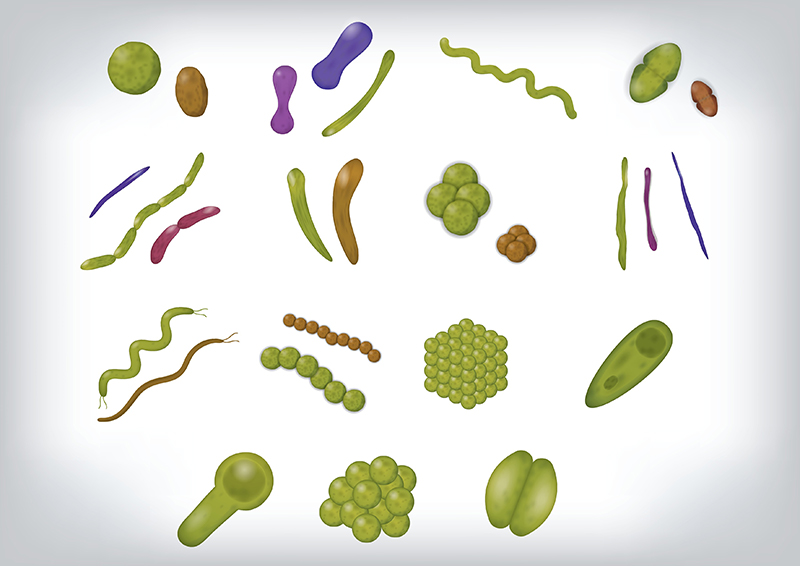
So what is compost? Compost is defined as “decayed organic material used as a plant fertilizer”. The decay of this material is entirely due to the microbes that develop and thrive in a successful compost pile. These microorganisms depend on many elements in order to decompose your organic material base. Two of the most important elements to this process are carbon and nitrogen. Carbon is not only the energy source for these bacteria, but it is also the basic building block of their entire bodies. About 50% of the microbial mass is comprised of carbon. Nitrogen is also essential to microbial cells, aiding in the development of proteins, nucleic acids (DNA & RNA, the basic building blocks of all living things), amino acids, enzymes and co-enzymes.

Creating the ideal compost is no simple task. As previously mentioned, carbon and nitrogen are crucial to composting success. Because of this, a common metric that gardeners use when starting a compost pile is the C/N ratio, or the Carbon/Nitrogen ratio. The optimal C/N ratio is typically thought of as 30:1, or 30 parts carbon for each part nitrogen by weight.
Why is the C/N Ratio 30:1?
Good question. Lower C/N ratios will result in an excessive amount of nitrogen. The microbes can only use so much nitrogen. The excess nitrogen will react and form ammonia gas, which can cause some pretty awful odours. If the C/N ratio is too high, there won’t be enough nitrogen to fuel the microorganisms and the compost will not heat up enough, causing the breakdown to occur slowly.
If you’re wondering what the C/N ratio of your compost material is, you can look it up in Appendix A (pg. 106) of the “On-Farm Composting Handbook”. As a rule of thumb, green and moist materials are usually high in nitrogen. Brown and dry materials are typically high in carbon. Some materials that are more resilient, like corn stalks and wood, break down much slower than their softer counter parts like grass and leaves. Because of this, the carbon sequestered in these hardier materials is less available to the microorganisms in your compost.
Particle size is also a contributing factor to your compost chemistry experiment. For example, if you were to take two samples of the same weight, one of wood chips and the other of sawdust, you would find that they had the same amount of carbon. However with sawdust, there is actually a higher surface area exposed to the microbes due to the small particle size. The sawdust will break down much faster than the wood chips, and the carbon will be more readily available to the bacteria.
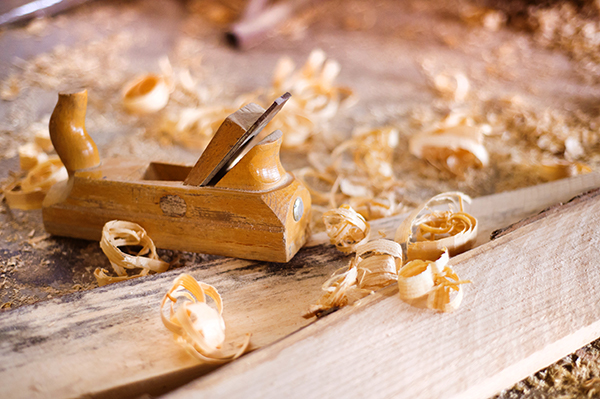
Oxygen is Key to Compost
Another crucial ingredient for your recipe is oxygen. The microorganisms that are beneficial to compost production are aerobic, so they require oxygen to process carbon for energy. Their anaerobic counterparts do not require oxygen, however they work at much slower rates and provide lower temperatures. Since anaerobic compost won’t get hot, pathogens or weed seeds will not be destroyed. Aerobic microbes heat up, and expel carbon dioxide so long as enough oxygen is provided during the process. To provide the right amount of oxygen to your composting process, raise your composter off the ground with some old wood, and turn your material frequently. Ideal oxygen concentrations are between 5-10%.
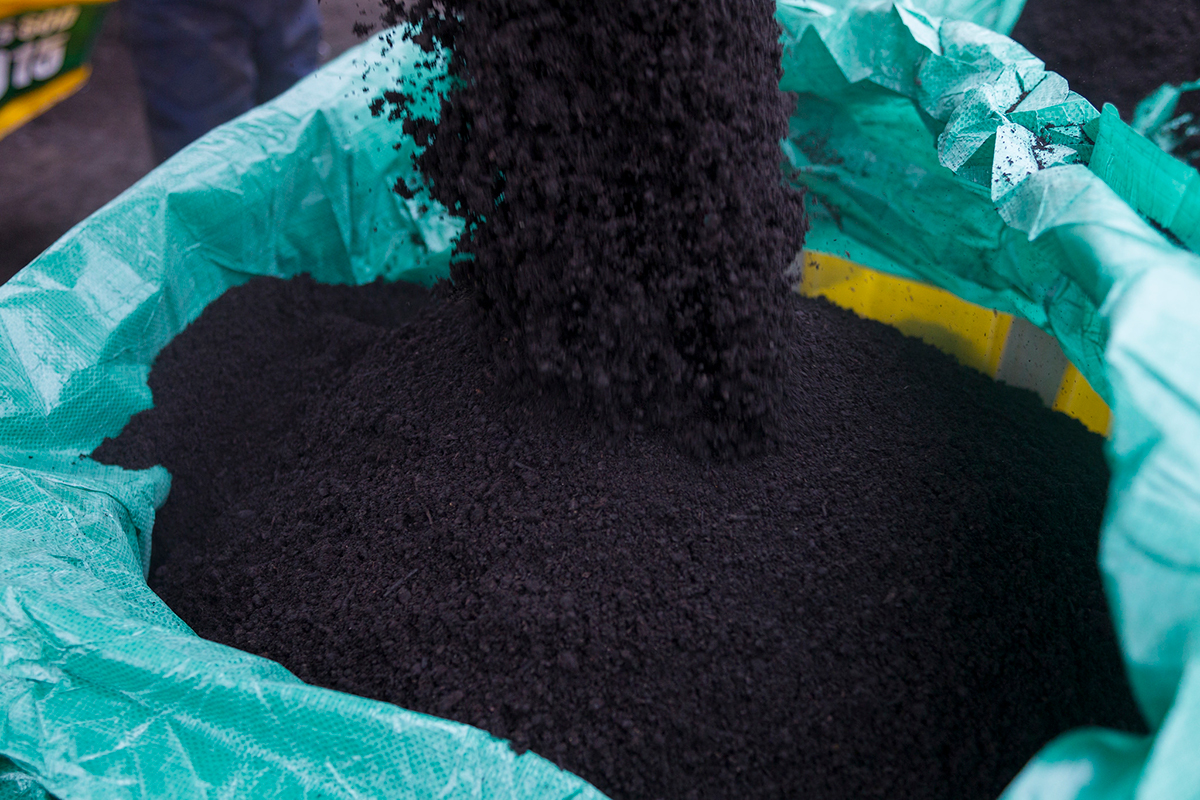
Nutrients and pH
There are a number of other elements that are essential to microbial activity. Phosphorous, potassium, and calcium are just a few, but these elements are typically abundant in compost source materials. As these microbes process organic matter, they produce acids and drop the pH of the compost. This acidic pH is optimal for fungal activity. It also helps to breakdown some of the heartier source materials like stalks and wood. Your mixture should not be allowed to become too acidic though. Aerating or turning is usually sufficient to bring your mixture back to neutral.
Overwhelmed?
I wouldn’t be surprised if you were overwhelmed by all of this information. It’s really not as simple as just throwing your kitchen scraps into a bin and waiting for the magic to happen. If you want the best quality compost, it takes A LOT of effort. Here at BigYellowBag, we always make sure that the compost we use is of the highest quality. Our Black Garden Soil is engineered to have the proper nutrient ratios and soil composition to provide the same benefits as a potent compost amendment. We can save you a lot of effort by delivering a BigYellowBag that already has amazing compost in it. However, if you’re dead set on making your own, you should get your chemistry set out!
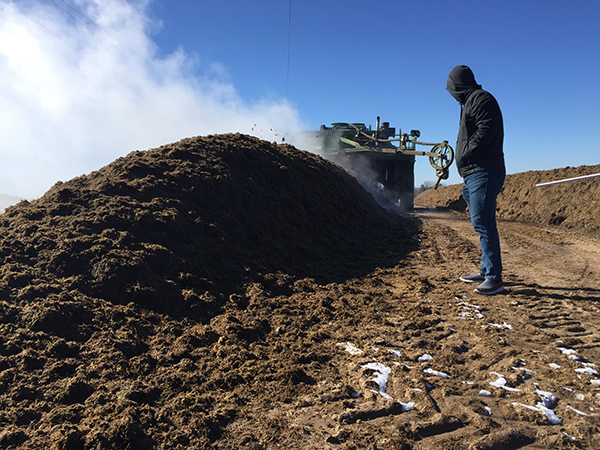
Super-Sod’s facility, the big turner keeps this compost pile at 160F!
If you live in a region serviced by Super-Sod (Georgia, North Carolina, or South Carolina), you may be able to order a BigYellowBag filled with Premium Compost Products.
Citation:
Trautmann N. M., Richard T., Krasny M. E. (1996) Compost Chemistry. Retrieved from http://compost.css.cornell.edu/chemistry.html
